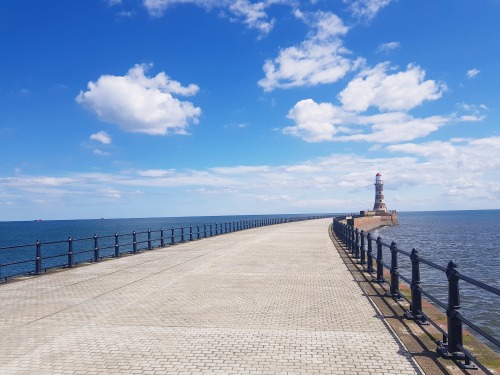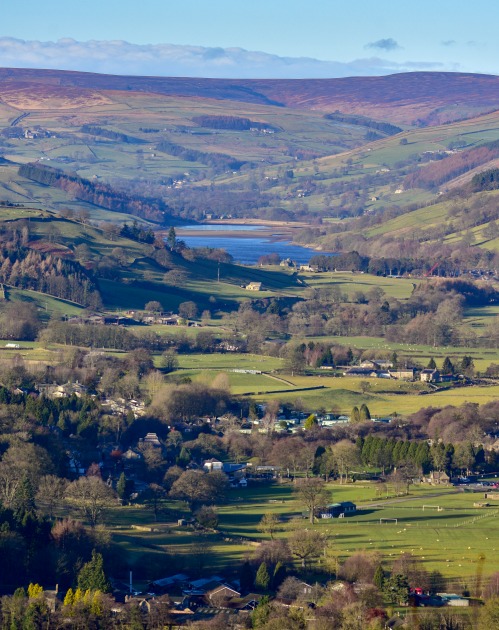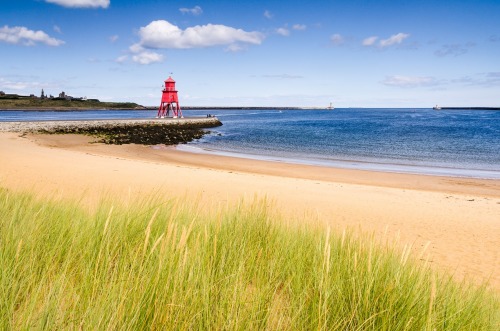Seascapes is a New Project Aiming to Protect Our Marine Environments
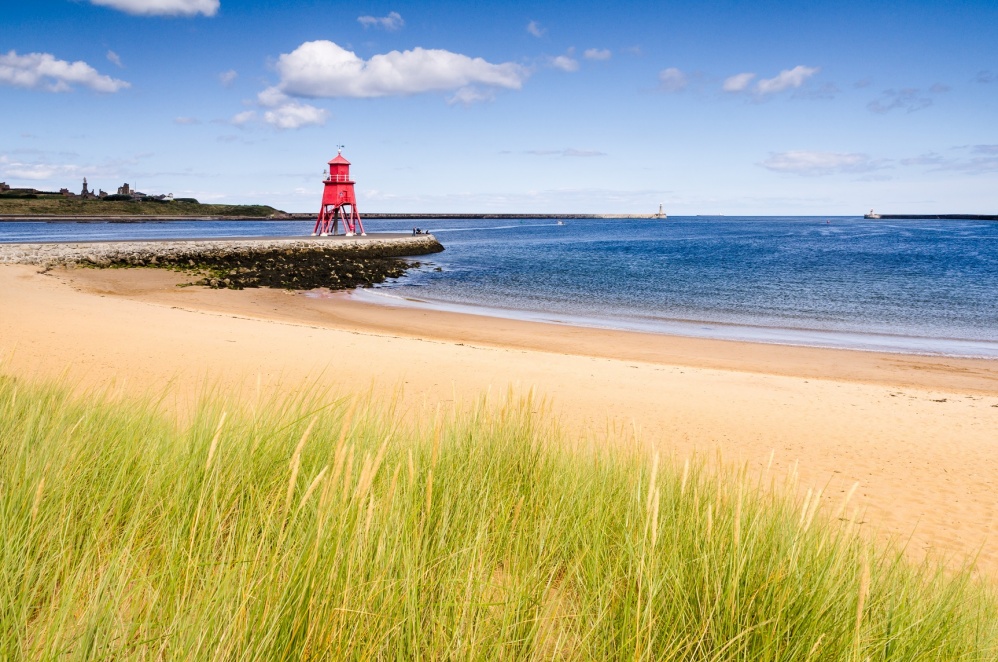
The first of its kind in the UK, SeaScapes is a marine landscape partnership based right here in the North East. Benefiting communities between the rivers Tyne and Tees, as well as six nautical miles out from land
Over the past few years we have seen a vast increase in interest in marine conservation throughout the UK. The momentum, helped by TV programmes such as Blue Planet and the increasing concern over plastic pollution, has resulted in a growing awareness of how we treat our planet, particularly our oceans and beaches.
The pandemic has perhaps accelerated this momentum too, as more and more of us, unable to travel too far from home, headed to the coast to explore our own beaches. ‘So many more people are getting on the water or getting in it, and they’re also enjoying the seascape during coastal walks,’ says Karen Daglish, manager of the SeaScapes project. ‘I think this has sparked something in them to try and understand our interaction with the sea.’
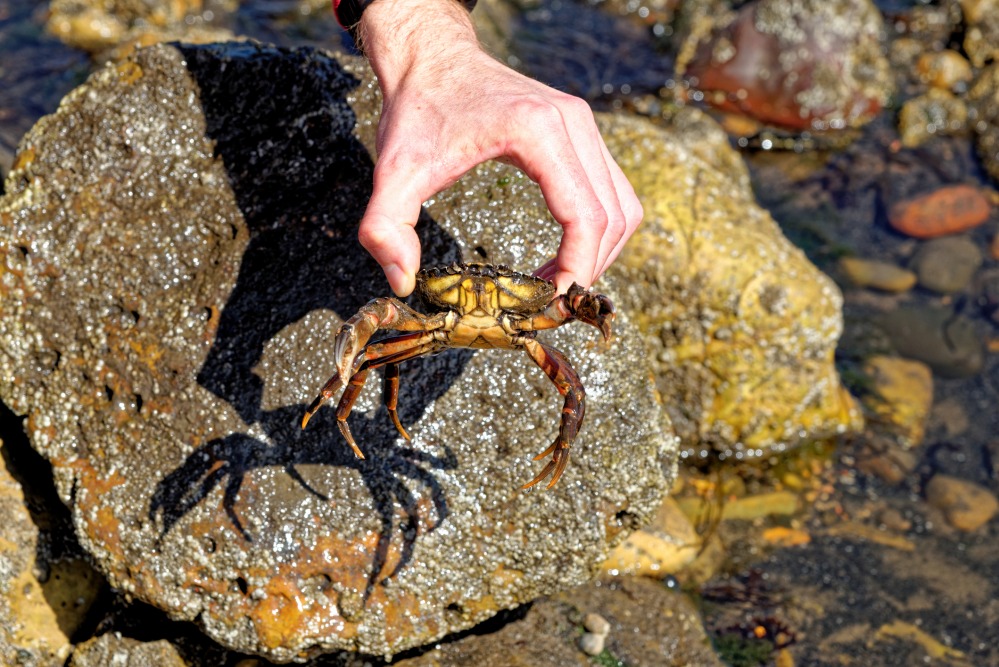
The SeaScapes project looks to celebrate and preserve our natural shorelines. Headed up by Durham County Council, who secured National Lottery funding of £2.8 million, the grant has been matched by partner contributions and volunteer time, giving a total of £5 million pounds towards the SeaScapes project. ‘It’s thanks to lottery players that the National Lottery are able to support lots of schemes around the country with a heritage focus,’ Karen explains. SeaScapes will be the first marine-focused partnership. ‘It’s important for this stretch of coastline, which has such a rich maritime heritage that isn’t that widely appreciated.’
Starting this summer, and continuing over the next three years, SeaScapes promises to deliver more than 23 projects, both on-shore and beneath the sea – from discovering our coastal history, to preserving our shoreline heritage sites, and taking a plunge into the depths to discover ship wrecks, SeaScapes plans on creating lots of activities that allow communities and businesses to get involved. ‘The primary aim for SeaScapes is to connect people, allowing them to build a relationship with the marine environment and learn how to better protect the area and look after it in the future,’ Karen tells us. By better connecting communities with marine environments and our rich history, the project hopes to develop stronger local ties towards protecting and preserving the area for the future.
One project, lead by Newcastle University, looks at building 3D models of hidden shipwrecks. ‘You can’t truly understand something you can’t see, and by creating different means of interpretation, like modelling shipwrecks and bringing stories to life, then we can demonstrate the role our area has played and why we need to protect the area for the future,’ Karen explains. In the area covered by SeaScapes there are estimated to be around 300 shipwrecks, and although not all are large or at all grand, they each tell a story about the fishing industry and the defence of the coastline, especially during World War Two.
Durham, Hartlepool, South Tyneside and Sunderland are all within the area covered by SeaScapes’ teams and the project, led by Durham County Council and their partners, has a collective mission to influence, support and increase protection of our North East coastline. The team behind the project have more than 100 years of experience between them, spanning from marine engineering to environmental science, and marine mammal medicine. Their passion for the project is clear and spans across four areas of practice – SeaScapes over time, revealing hidden heritage, accessing the sea and a blue future.
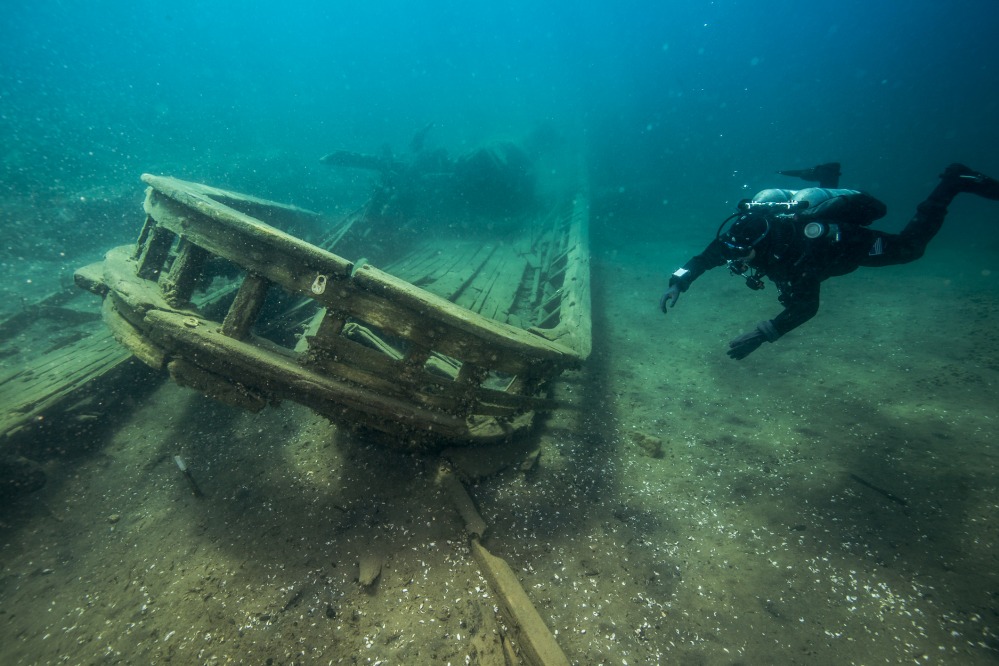
With seven different projects to get involved in, SeaScapes over time is all about conservation of the old and new. ‘There are projects that focus on the incredible story of the Tyne to Tees seascape from the Zechstein sea,’ Karen tells us. Although an unlikely thought, there are reef conditions more than 250 million years old hidden deep between the UK and Norway in the North Sea. The reefs were formed due to the limestone build up created by the carbonate barriers at the edge of the shore, and a similar process can be seen along the beaches today. In the County Durham area, Zechstein deposits of magnesian limestone can be discovered. ‘The North Sea is actually quite shallow and at certain places you can see the remains of the forest that existed,’ explains Karen.
Other projects include going into schools and doing intergenerational work, collecting memories of those who grew up by the sea, as well as gathering a database of sounds of the sea though time, and guided walks and talks. The restoration of the Hartlepool Lights, lead by Hartlepool Borough Council, is also a major project within this series and will be looking to undertake work to protect some of the most vulnerable heritage sites, including two 19th Century navigation markers, Seaton High Light and the Beacon Tower.
The theme of revealing hidden heritage seeks to celebrate coastal habits. ‘It’s about making sure the heritage, natural included, is better recorded and in better condition,’ Karen tells us. Volunteers for each project can learn how to properly record heritage so that it can be better protected in the future. Partners such as the National Trust are leading the conservation and engagement initiative, which aims to protect and enhance species-rich habitats along the coastal slopes.
Other projects look at admission to the beaches and the sea. ‘It’s not just physical access through footpaths, this is also about removing the cultural barriers to allow everyone to enjoy being next to the sea, or in it,’ says Karen. The projects will involve everything from beach care and litter picking, to studying the impact this pollution may have further down the line.
After a year of delays due to the pandemic, the team behind SeaScapes are raring to go. Since restrictions started to ease in May, Karen tells us that there has been a real appetite to get involved, and since they started to advertise the projects, bookings have started to fill up. While a lot of the projects are open to the public, SeaScapes want to target those who wouldn’t usually engage with coastal activities and events. ‘We’re going directly to organisations that work with vulnerable people, or people with the most barriers towards joining coastal activities, asking how we can make this happen for the people they support,’ Karen explains.
With a targeted approach, the coastal engagement project hopes to open doors to those who feel they may be less able to join in, and help develop their understanding of marine environment relationships. ‘We have a real mix going on and when the restrictions fully ease we will have a lot more public events,’ says Karen. The main focus for Seascapes, both now and in the future, is to allow people to feel more connected with the sea.
For information about how to get involved with SeaScapes visit exploreseascapes.co.uk




